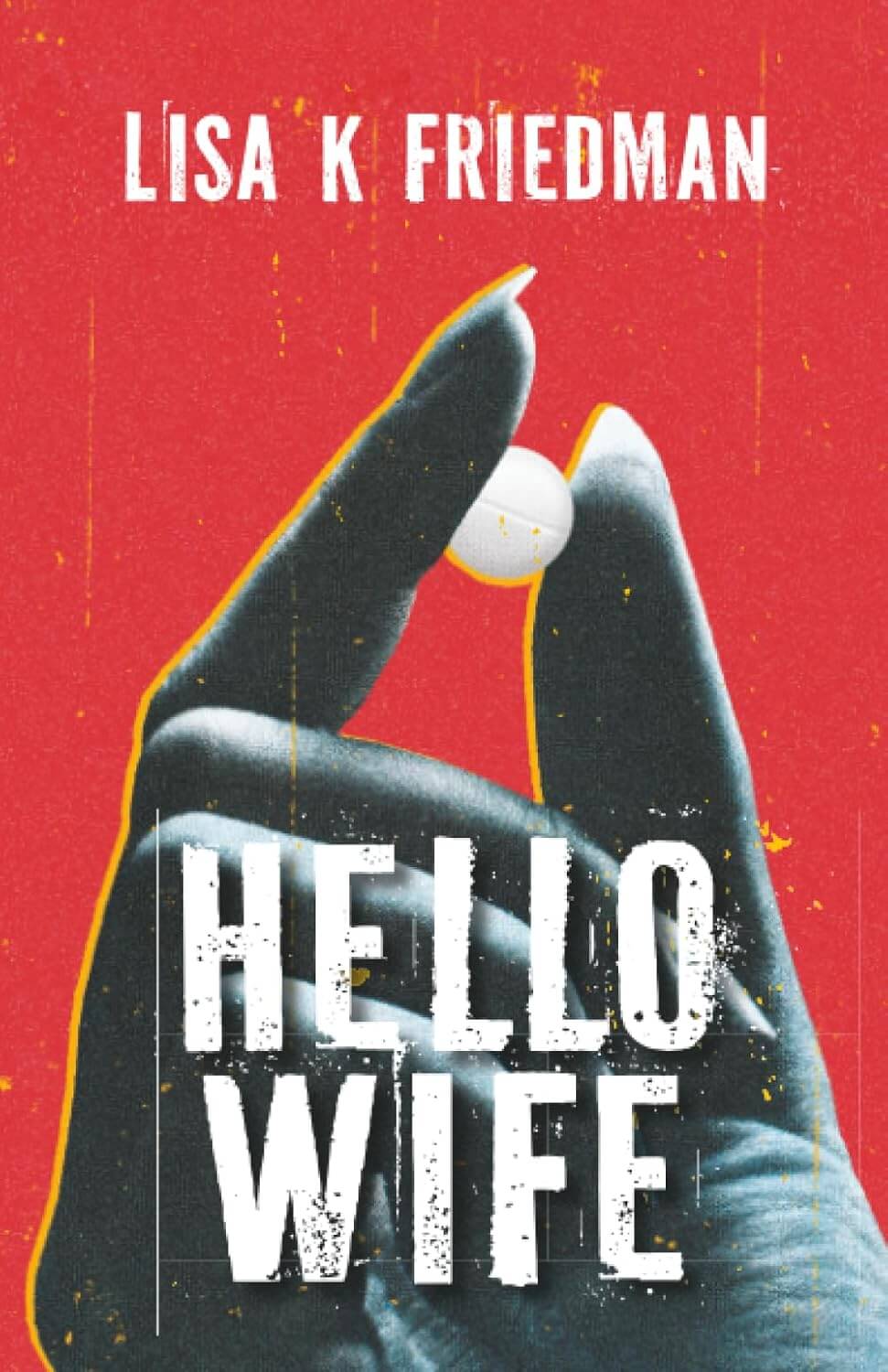Lisa K. Friedman is an award-winning essayist, author and educator whose work appears in newspapers and magazines around the country. She holds a MA degree in Fiction from the Johns Hopkins University Graduate Program and a BA in American Literature from George Washington University. She teaches creative writing for adults and children, and mentors professional and beginning writers in the art of fiction. When she is not writing, Lisa is sailing on a sunfish with her dog at the bow. Find her at lisakfriedman.com.
We all have them: People we love to hate. Especially in fiction. Think about Lemony Snicket’s Count Olaf, or Margaret Atwood’s Aunt Lydia. Often, we remember these characters best. Grendel. Hannibal Lecter. I could go on. In my writing classes, I’ve heard students say they don’t like a character, or something that the character did, and the author usually panics. As if, not liking one of the characters means they don’t like the story. Not so.
How characters appeal to the reader is based on the information the author provides, and on how they provide it. In writing Hello Wife, I crafted the main character Charlotte with an eye on her positive traits. She has many fatal flaws, and her behavior is often catastrophic; and yet she is hard to dislike. More importantly, she is impossible to dismiss. How do you create that balance? All it takes is a touch of humor. While exposing your characters ruthlessly, sprinkle some absurdity around. A pinch of the ridiculous does wonders to sugar-coat one’s perspective and whisper “come hither” into the reader’s ear.
First: Learn as much as you can about your characters. Look for telltale gestures and movements. I spend a lot of time with my characters. I make little paper-doll cutouts and adorn them with hair and clothes. I write down their tics and peccadilloes, the names of their pets. I like to know what brand of toothpaste they use, where they went to school, and how they like their coffee. I know it sounds crazy: but it works for me. The more I know about my characters, the better I can portray them. They need not share my points of view or moral judgements as long as they are fully and well-conceived and skillfully presented.
Consider the following techniques to make your characters more likable:
Surprise: The feeling caused by something unexpected or unusual. A character who does something, or says something, that is utterly unexpected is emotionally elevated in our minds. We experience surprises as conspirators, as if we know more than the characters themselves. Let your character stumble around and we’ll find a soft spot for them, even if their other traits are despicable. Ex: “It surprised him to realize how fond he had been of his teeth…” (From Lolita).
Dramatic Irony: When the reader gleans what the character does not. Dramatic irony invites the reader to enjoy a sideways snicker when bad things happen to disagreeable characters. A demanding and ruthless CEO has a flat tire in the office parking lot, surrounded by aggrieved employees. An abusive husband slips on the ice in his driveway and must rely on his wife to call for help. Now, we are inside the story; we have some skin in the game.
Hyperbole: Exaggeration that stretches reality to the ridiculous. My protagonist, Charolotte, is an overweight cigarette smoker, a poor judge of character, and her self-esteem is in the toilet. She is also a caretaker, a loving sister and devoted aunt. Two opposing personalities make her a complex character, but it’s her continuing inappropriateness that brings her into a softer view. To bring the reader close, exaggerate the physicality, oddball behavior and damning speech of a dislikable character. Hyperbole is an excellent tool for softening difficult-to-like characters.
Juxtaposition and dichotomy: Watch these two in action by studying comedic movies with a writer’s eye. In Moonstruck, we meet Cher’s love interest at his worst: Sweaty, irritated, and in a disgusting wifebeater tee shirt. He is easy to dislike. But his behavior is exaggerated so drastically, we become more interested in him and his misery. “I lost my hand. I lost my bride!” An absurd revelation. Those words, delivered in that setting and by that character, can only be funny. When we are amused, our initial perceptions soften.
In print, read Richard Osman. In The Thursday Murder Club, the antagonist, Ian Ventham, is a bad guy: Unscrupulous, greedy, and the story’s prime murder suspect. But he did create his own signature smoothie, which had 14 ingredients including chlorella, spirulina, and Icelandic Yogurt. Amusing, no?
Embarrassment: Be careful here. It seems like an easy way to toy with a dislikable character, but it can easily result in authorial snobbery. You don’t want to make fun of your characters; only they can do that!
We love to watch someone embarrass themselves. Maybe it’s because we can see ourselves in their shoes. Real people spill things. They trip, forget, misspeak, fart audibly. Show your characters’ flaws, gaffes, and worst instincts. Keep them real, and they will find their way into the hearts, and memories, of your readers.
Flaws are what make us recognizable to one another, irresistible even. They can also help establish a connection between reader and character. Layer your characters with real-time snags, mistakes and misunderstandings, and watch how they soften in the eyes of the reader. Use all your tools: dialog, setting, pacing, tone. Think about how your characters speak, how they enunciate their words, and what their expression reveals as they talk. Have a character pick something out of their teeth while uttering a deeply philosophical notion. Every detail matters so choose carefully. It’s the details that keep readers feeling, which is the essence of good writing.

Hello Wife by Lisa K. Friedman
Charlotte Lansing is prepared to accept love from wherever she can get it, even if that means marrying an unemployed morphine addict. Her family, unable to break past what Charlotte has decided is true love, are left watching her lose herself and vanish into her husband’s illness. With all the pain that comes from drug abuse, Hello Wife also shows the strength of familial love and how far those bonds can truly go.
Buy the book now: Bookshop.org | Amazon | Barnes & Noble














Leave A Comment